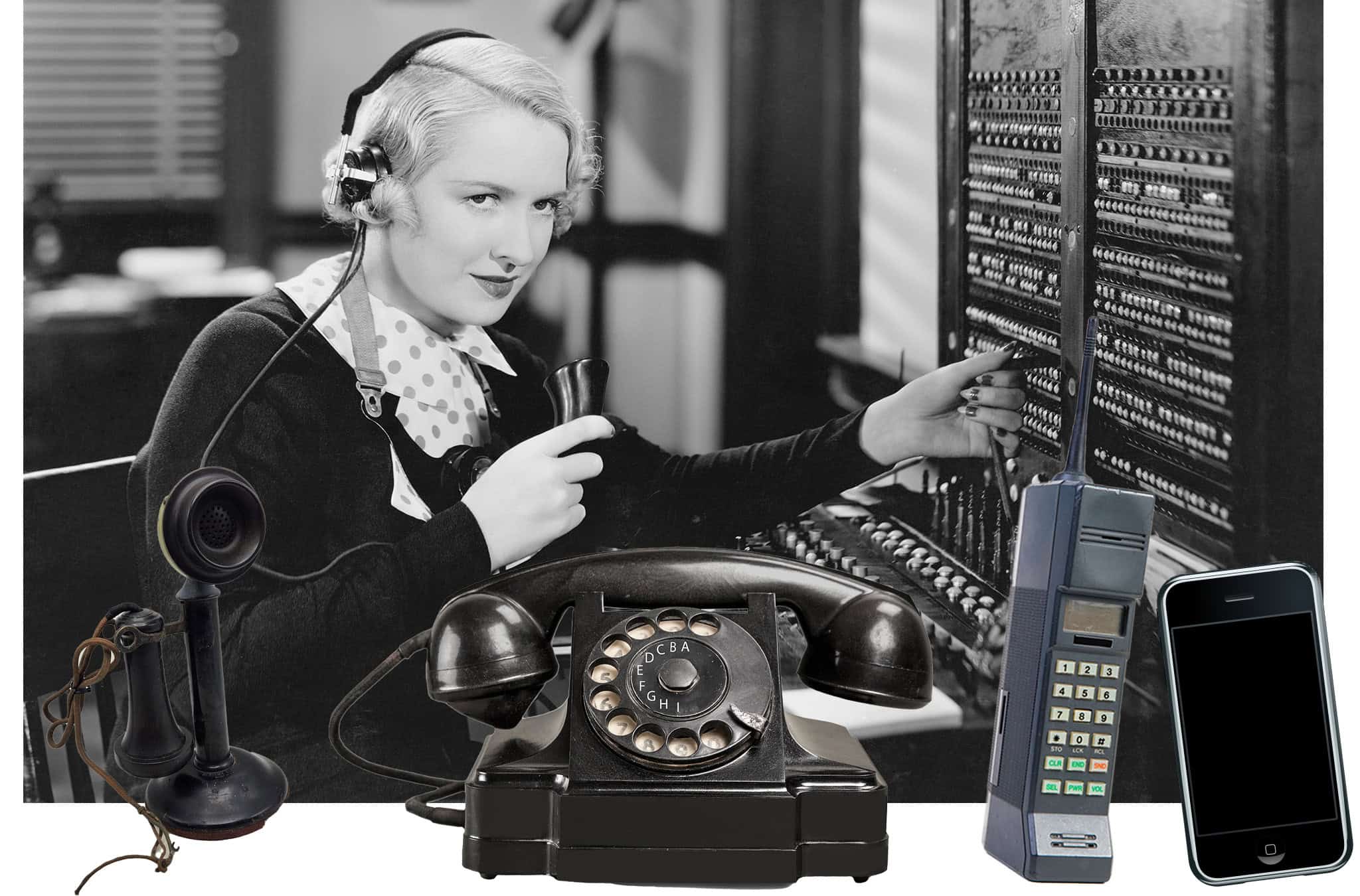A special online exhibit prepared for kids and educators by the Warren County Historical Society. Visit the Warren County Museum to see many of these artifacts in person.
Beep beep beep! Warren County taps out electric telegraphs
The telegraph was a wood and wire tool that Abraham Lincoln called “lightning”. It was fast, and people tapped out Morse code with their fingers to create a series of dots and dashes in recognizable patterns.
The telegraph, seen here, arrived in Warren County around 1857 when the North Missouri Railroad brought lines in along their rail route. Since train tracks connected towns, so too did telegraphs along the same paths.
For the first time ever, residents of Warren County could send a message as far as hundreds of miles away to someone without relying on a written letter delivered by horse or mail coach.
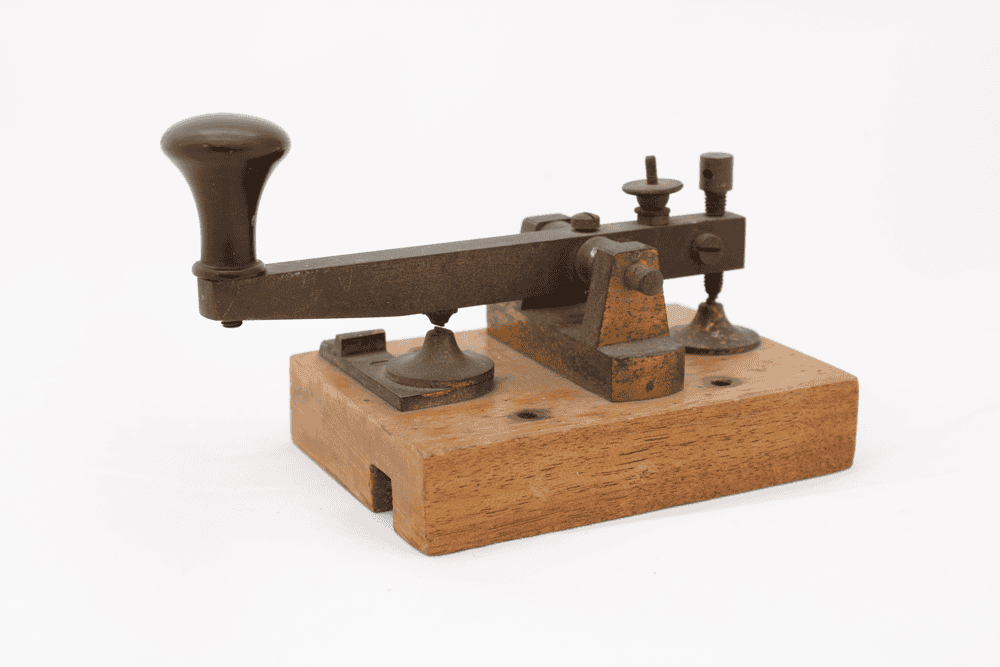
Listen to real telegraph taps in Morse Code
Can you write your name in Morse Code?
Watch this short video to hear how Morse Code sounded. Check out this interactive site to translate your name and more. This early “texting” was expensive, too. When the transcontinental telegraph opened, the cost was $7.40 for ten words. A ten-word transatlantic message to England cost $100! That’s about $3,000 in 2025 US Dollars!

Telegrams were like 19th-century text messages
Telegraphs were messages sent between telegraph operators. But what if you didn’t have a telegraph machine? No problem: your local train depot or telegraph operator could write out the message for you. These written text messages were called Telegrams.
Telegrams are like receiving printed iMessage or SMS messages to your door! Telegraphs enabled people to send weather reports, business orders, or personal messages like “Happy Birthday!” along distances.
Early telegrams had no punctuation. If you wanted to ask a question, you had to spell out “QUESTION” in Morse Code so it could be written down correctly.
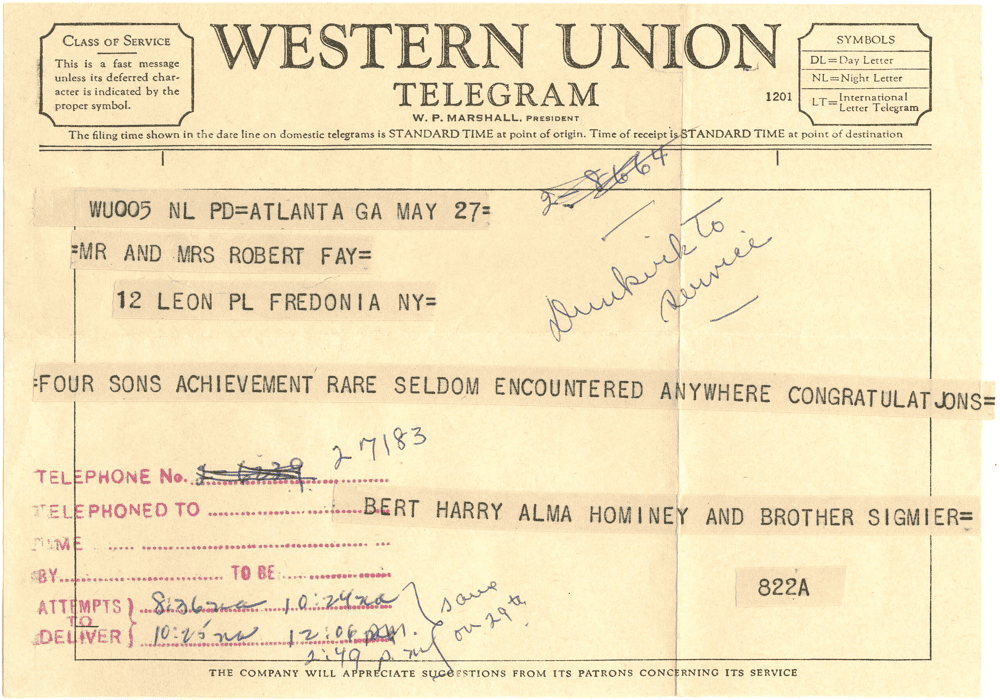

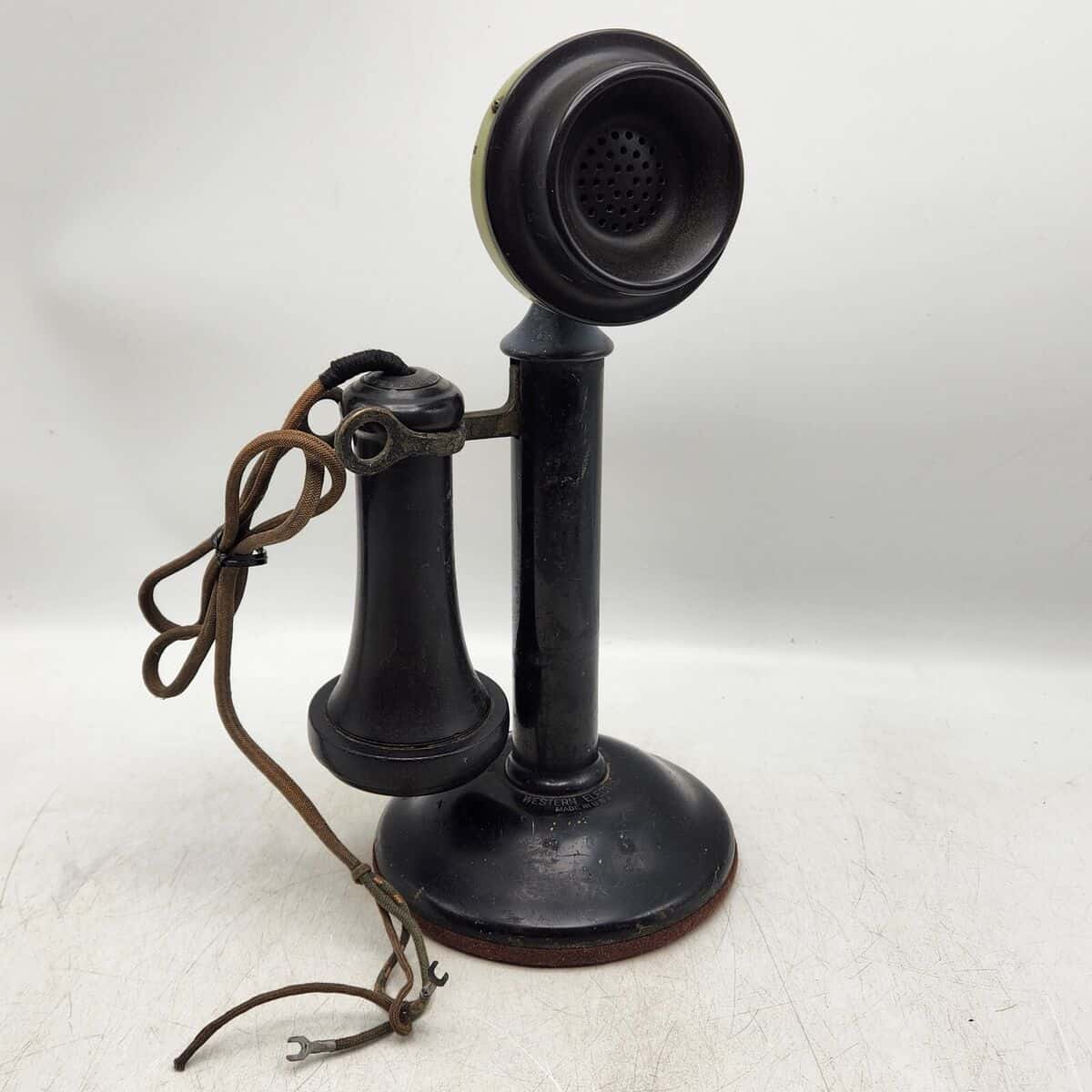
Hello? The telephone arrives around 1900
Alexander Graham Bell invented the telephone in 1876. Missiouri’s first phone exchange building opened in St. Louis two years later in 1878. By 1890 hundreds of phones were all over Missouri, and likely in Warren County, too.
Early phones didn’t have numbers to dial or Siri. You picked up the receiver, and someone, usually a woman “at the switchboard,” would answer and say, “Number please?” Like a real, live Siri! Then she would connect your call by manually switching wires around at her desk. Everyone had their own wire to their house!
The Warrenton Telephone Company was on the scene by 1914 and likely helped operate our local phone switchboard. The first telephone exchange in the US opened in Connecticut in 1878 with 21 customers.
Phone operators and party lines in Warren County
Out in the rural areas of Warren County until as recently as the 1980s, most people shared “a party line”. A party line is like having a single iPhone that everyone in your neighborhood could use, but only one at a time!
If you picked up your phone on a party line and someone else was already talking to a friend, you simply hung up and waited for them to finish. You could listen to everyone’s conversation if you stayed on the line (but that would be rude!), or you could join in. Like a real party!
Telephone companies tried hiring boys to run the switchboards. But that experiment didn’t last cause they were too rowdy and played pranks. By the 1880s companies recruited young women because they were “more polite.” This became one of the few technical, skilled jobs available to women, and their skills became vital for keeping U.S. soldiers connected later during World War I and World War II.
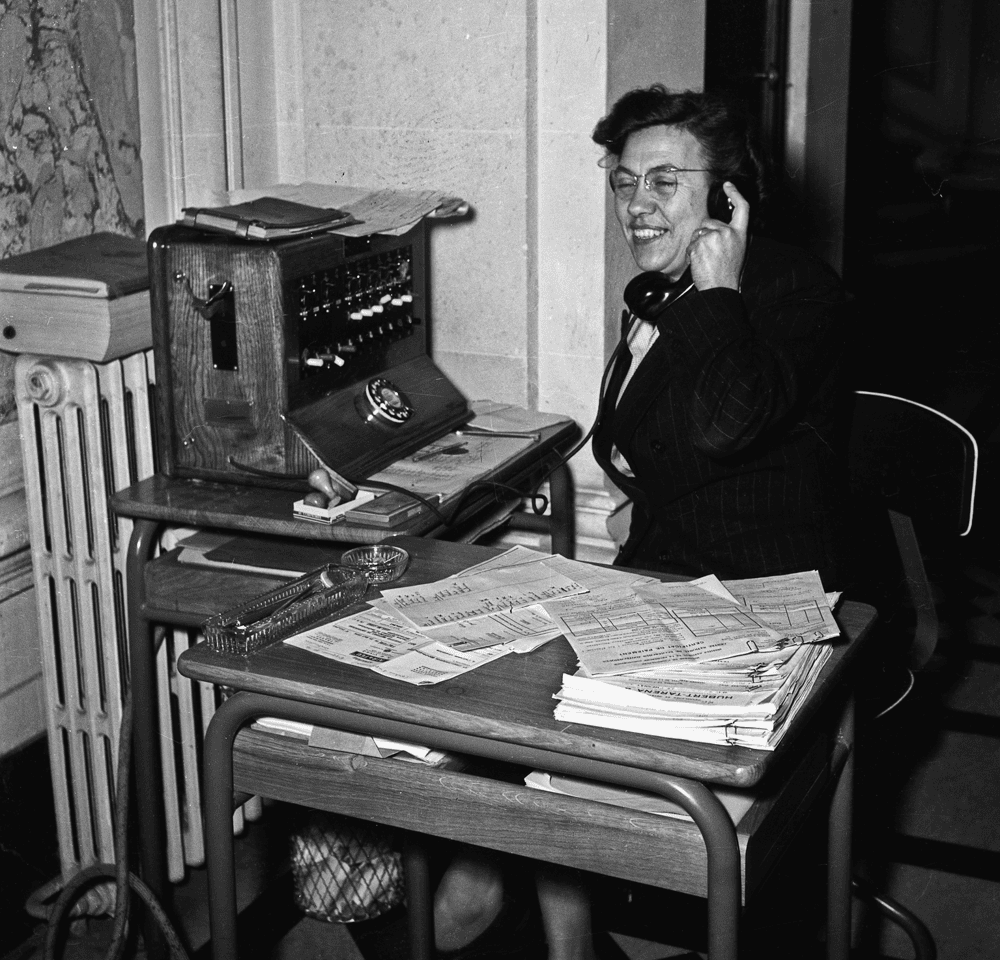
Could you be a switchboard operator?
- In your classroom, give everyone about 20 feet of string.
- Everyone holds one end of their string and is assigned a number.
- To make a call, summon your class’ Switchboard Operator to connect it with the number of someone across the room.
- Do this for every “customer” and connect and disconnect the string as they make and receive calls!
Don’t forget to ask, “Number please?”

Rotary phones and dial pads
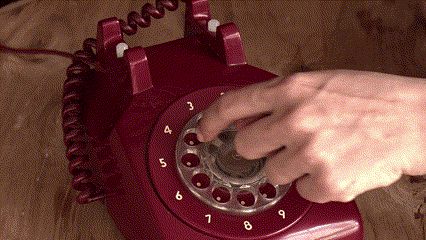
By about 1920 and 1930, or around the time most of your great-grandparents were your age, “dial telephones” arrived. Now, people could place calls without an operator. They simply rotated the dial and a series of “clicks” would transmit an electrical signal to an automatic switchboard to ring the other person. These phones were very common until about the 1970s.
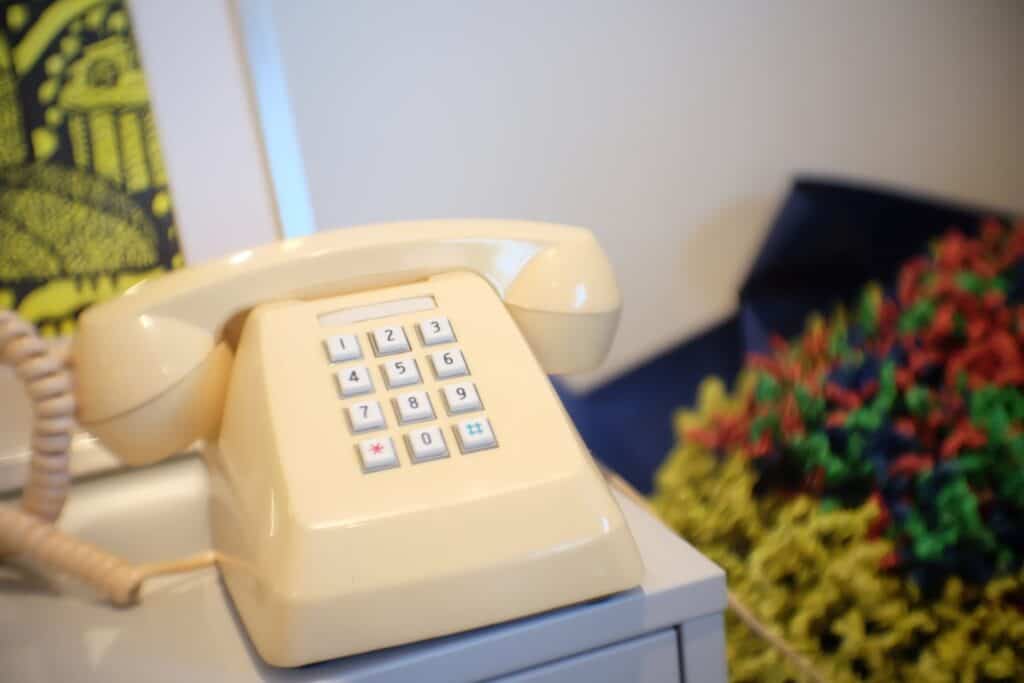
Dial pads became common as early as the 1960s and were very common by the 1980s. Your parents likely had a phone like this in their kitchen, and if they were lucky, maybe their bedroom!
The cell phone is introduced and weighs over 5 pounds!
The first cell phone wasn’t an iPhone or Android phone. It was a heavy, blocky device with a big antenna at the top.
Cell phone service was mostly limited to major cities, and they only did phone calls. No internet, no Snapchat, no Instagram, no selfies, and no texting was possible.
Some of these were popular in cars since you could charge them while driving, but they were big, bulky, heavy, and didn’t last long on a single charge.
Still, it was revolutionary and people loved them and their sister models, an in-house wireless telephone that connected to a base station. For the first time, you could make calls without wires!

Apple introduces the Smartphone in 2007
Your older family members likely remember when the smartphone arrived. Apple introduced its popular iPhone in 2007. The first iPhone didn’t have a selfie camera, couldn’t record video, and didn’t have an App Store. But it was the next big leap in phones! Watch this video and listen to how people oooh and aaah at the sight of “swiping” the phone screen!
Cellular service existed in Warren County around 2000, but the smartphone changed cellular phones and reduced texting fees. Ask your family about how they used to text only after 9 PM and on weekends because the texts — which cost as much as 5-10 cents each! — were free at night and during weekends. Your mom and dad probably remember how to text letters using a dial pad, too.
If you enjoyed this article, you might also like ‘Hello? Number, Please’: Warren County’s First Telephones Arrive.”

